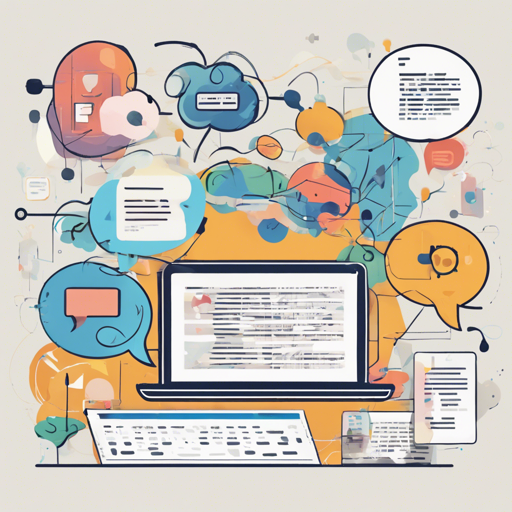In the ever-evolving world of artificial intelligence, understanding how to process and reason using visual data combined with natural language is a crucial skill. The datasets NLVR and NLVR2 provide researchers and enthusiasts with the tools needed to explore this fascinating intersection. This article will walk you through the process of using these datasets, complete with troubleshooting guidance.
What Are NLVR and NLVR2?
NLVR (Natural Language for Visual Reasoning) and its successor NLVR2 are datasets designed to train models in the task of determining whether a given sentence is accurate concerning a visual input, such as an image. The task highlights reasoning abilities concerning object sets, comparisons, and spatial relations. While NLVR contains synthetically generated images, NLVR2 uses natural photographs to present a more realistic challenge.
Getting Started with NLVR and NLVR2
To begin, you’ll want to access both datasets:
Download the data from these repositories and ensure you comply with the licensing terms, which are available at:
How to Use the Datasets
Imagine you are an artist trying to create a masterpiece using various materials and brushes. Each dataset represents a different set of materials. Here’s how to utilize them:
- **NLVR:** Like working with colored pencils on canvas, this dataset allows you to experiment with synthetically generated images. You can create structured representations of scenarios, focusing on how to accurately combine and contrast various elements.
- **NLVR2:** Now, think of using oil paints on a real-world canvas. This dataset comprises natural photographs that present real-world challenges and nuances, allowing you to refine your reasoning skills through more complex images and contextual sentences.
The combination of both datasets can enhance your model’s learning process, making it more adept at visual reasoning tasks.
Troubleshooting Common Issues
While using NLVR and NLVR2, you may encounter some challenges. Here are a few tips to guide you:
- **Issue:** Images not loading correctly.
**Solution:** Verify the file paths for the dataset. Ensure that your image data structure aligns with your code references. - **Issue:** Performance issues when training models.
**Solution:** Utilize a more robust machine or consider reducing the dataset size until optimal performance is achieved. Transitioning from a synthetic dataset to a natural dataset may also require adjustments in model architecture. - **Issue:** Need assistance or have questions.
**Solution:** Use the Issues page on the GitHub repositories or email the developers directly at nlvr@googlegroups.com.
For more insights, updates, or to collaborate on AI development projects, stay connected with fxis.ai.
Final Thoughts
At fxis.ai, we believe that such advancements are crucial for the future of AI, as they enable more comprehensive and effective solutions. Our team is continually exploring new methodologies to push the envelope in artificial intelligence, ensuring that our clients benefit from the latest technological innovations.

